It’s a simple question: why do we have eyebrows? Many people think they know the answer to it but it’s more complicated than most folks believe. Eyebrows come in a variety of shapes, sizes, and colors. Some eyebrows are naturally small others are naturally big and bushy. Despite the different types, most humans are born with eyebrows and it’s for the most fascinating reason.
Today, we pluck, wax, color, makeup, and tattoo eyebrows but our ancestors largely left them alone. Why do we put so much emphasis on the way our brows look? Science holds the answer! The reason there’s a whole industry around brow beauty and why we have eyebrows is the exact same. Scroll below to find out the fascinating story of how eyebrows showed up on our faces!
Why Do We Have Eyebrows?
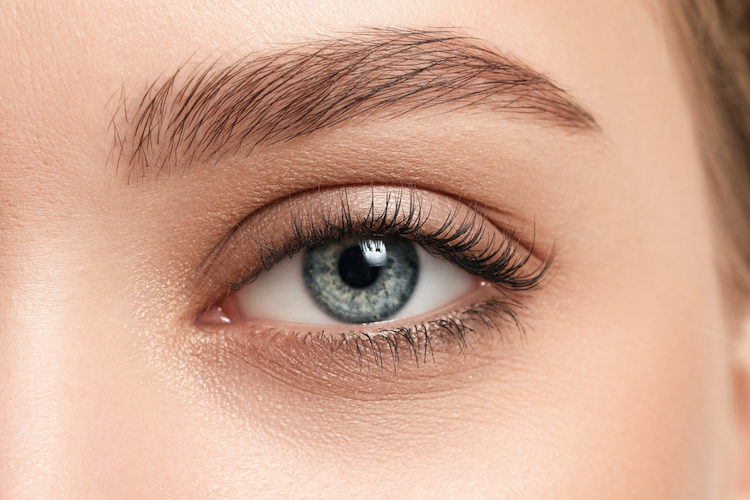
It was originally thought that the reason we have eyebrows was to keep rain and sweat out of our eyes. That’s partly true and the reason humans evolved with them. As a species, we humans rely on our sight more than any other sense, and with no eyebrows, water can get in and very much blur our vision. Eyebrows may also deflect debris and shield our eyes from the sun.
Understanding How We Evolved

As we evolved over years and years we began to lose our body hair. Scientists believe that the reason we evolved without fur was to reduce the risk of biting flies and other parasites that live in fur and to enhance sexual attractiveness. So, why did two patches of hair remain on our faces?
Express Yourself

As we evolved our eyebrows stayed on because they are hugely important to the way communicate. Think about it. Most of our facial expressions, the way we show emotion, incorporate the eyebrows. Our facial expressions often convey our true feelings even when we tell a lie. A genuine facial expression is surprisingly hard to fake!
Now, We’re Talking
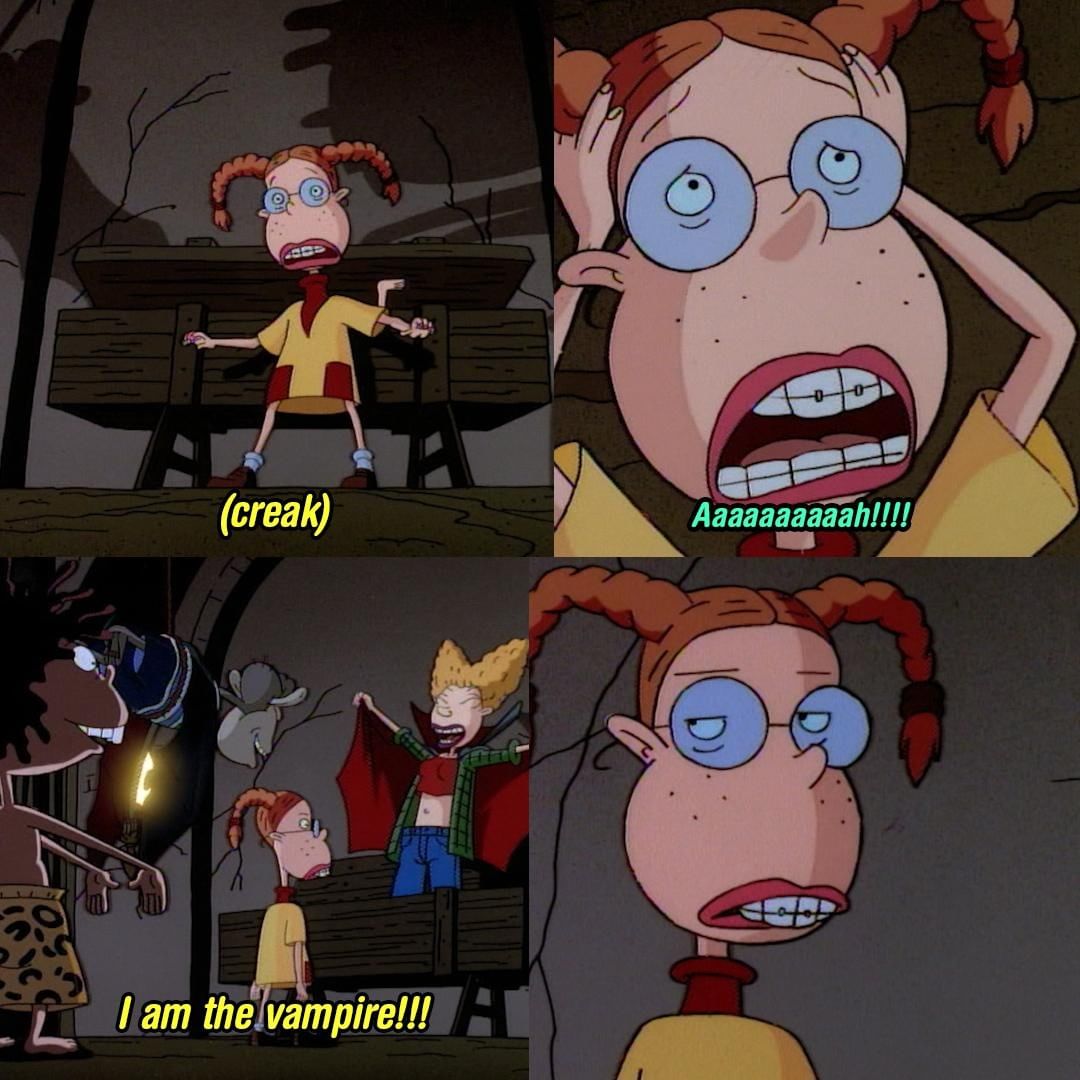
Our eyebrows enhance and exaggerate our expressions. Just look to cartoons and comics as an example of this. A simple line over the eyes conveys anger or fear. Raised eyebrows, often times comically overdone in the case of cartoons, show intrigue and surprise.
There Are Studies to Prove It

Experiments have shown that we can recognize a familiar face more easily when the eyes are blanked out than when the eyebrows are. Think about that. We often throw around the adage “the eyes are the windows to the soul” but it’s actually our eyebrows!
More to Learn About Eyebrows
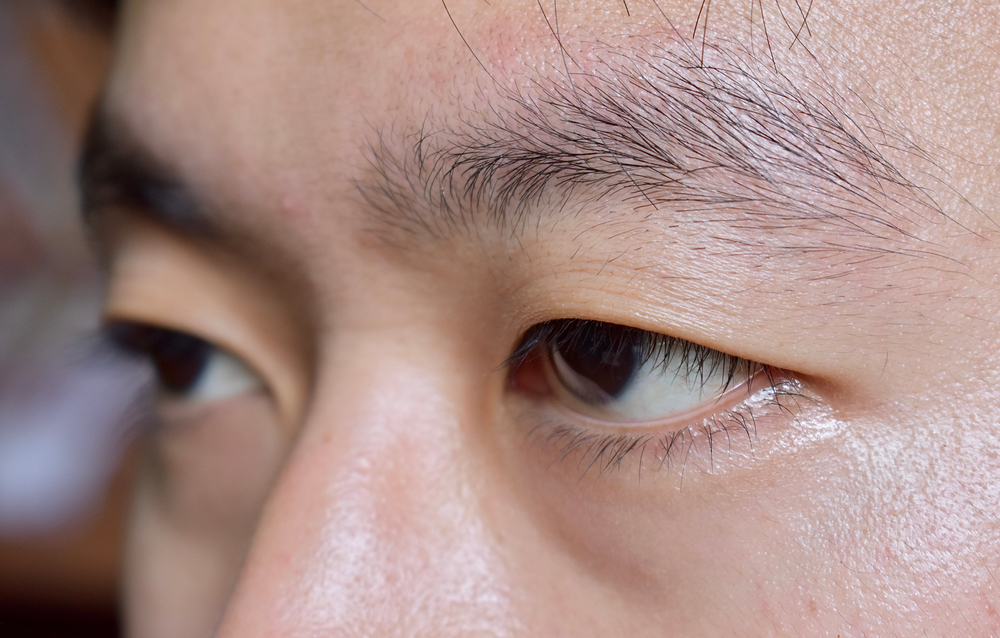
There are a surprising number of hairs in our eyebrows! The average person has about 250 hairs that make up a brow. For those who do not pluck and have bushier and bigger eyebrows, that number is much more! According to Bosley, some brows contain as many as 1100 hairs.
Why Do Your Eyebrow Hairs Fall Out?
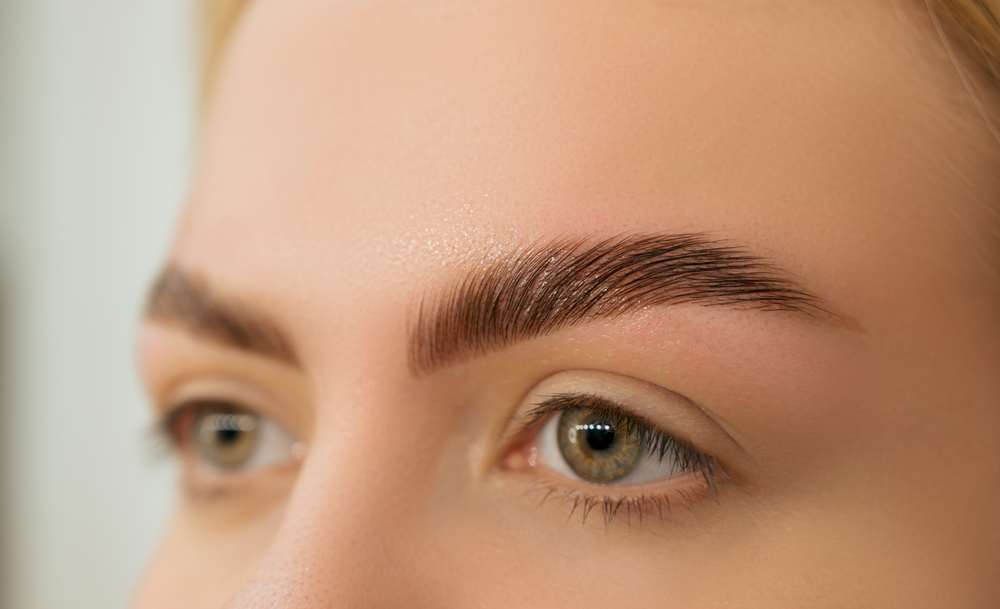
You might have noticed a brow hair on your hand after wiping your sweaty face. It’s very common for eyebrow hairs to fall out. In fact, your brows have a lifespan. The average lifespan of an eyebrow is just four months! Each hair falls out and a new one grows every few months for most folks. Love them while you’ve got them.
Why, Yes, Your Eyebrows Can Have Cowlicks
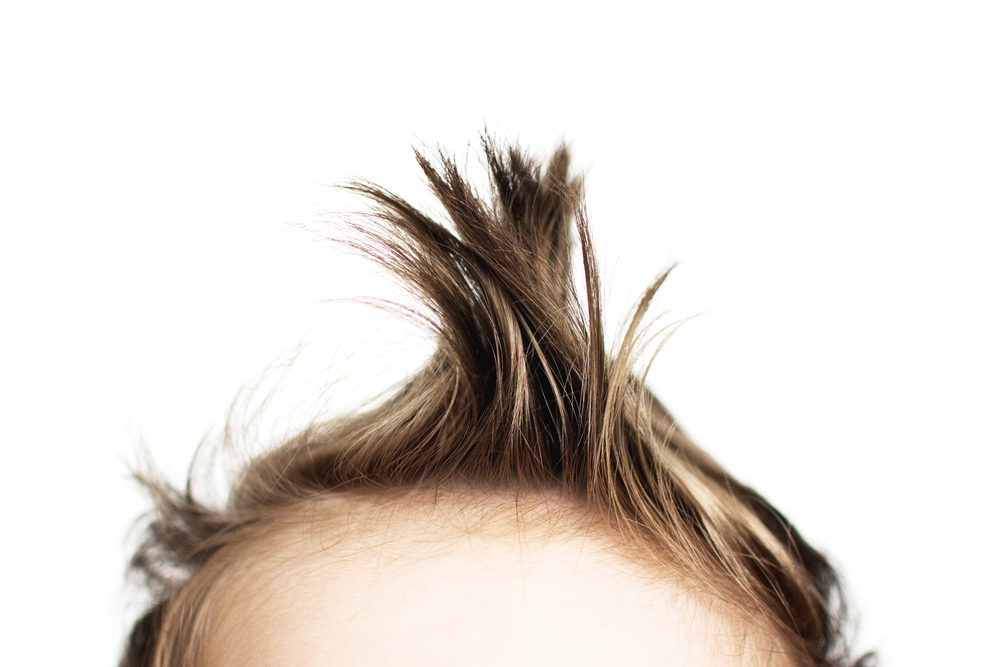
Just like with the hair on your head, your eyebrow hairs can form a cowlick. Cowlicks are patches of hair that grow in the opposite direction from the rest around it. When it comes to eyebrows, cowlicks are most common for people with curly or wavy hair.
However, You Can Tame Those Cowlicks

When trimming your brows, you need to trim in the direction the hairs are growing. If you come across a cowlick in there, you need to take a close look at the growth pattern and trim accordingly because those wayward hairs are never going to grow in the same direction as the rest of your brow hairs.
There Is a Season Your Eyebrows Like More Than Others

You might think that our eyebrows grow more in the winter because of the cold like an evolutionary way to keep your face warm. But, you would be wrong! Our eyebrows grow much faster in the summer. They are more active in the summer because we, as humans, are more active in the hot weather. Warm weather activates the brows and encourages growth. If you’ve ever needed an excuse for an exotic vacation in the dead of winter, you’re welcome.
Stress Plays a Part in Eyebrow Growth

Just like the hair on your head, stress dramatically decreases the amount your hair grows. In fact, stress can make your eyebrows fall out. If not falling all out, stress can also slow the speed at which your brows grow. In salons, there is plenty of anecdotal evidence of this. It’s common for a bride’s eyebrows to not grow in before the big day and then, once the honeymoon is over, the brows very quickly grow in. This is why we all need outlets for our stress. If not for your health, do it for your brows.
Why Do Brow Hairs Not Grow as Long as the Hair on Your Head?

All hair grows at the same rate, 0.25-0.3 millimeters per day. Depending on your hair type, this varies. Eyebrow hairs have a shorter lifespan of generally 30 days while the hairs on our heads generally stick around for two to five years. This is why we don’t have cascading locks of hair sprouting from our eyebrows. Your genes play a huge role in how long and fast your brow hairs grow. It’s different for everyone.
The Follicle Tries to Save a Hair After It’s Been Plucked
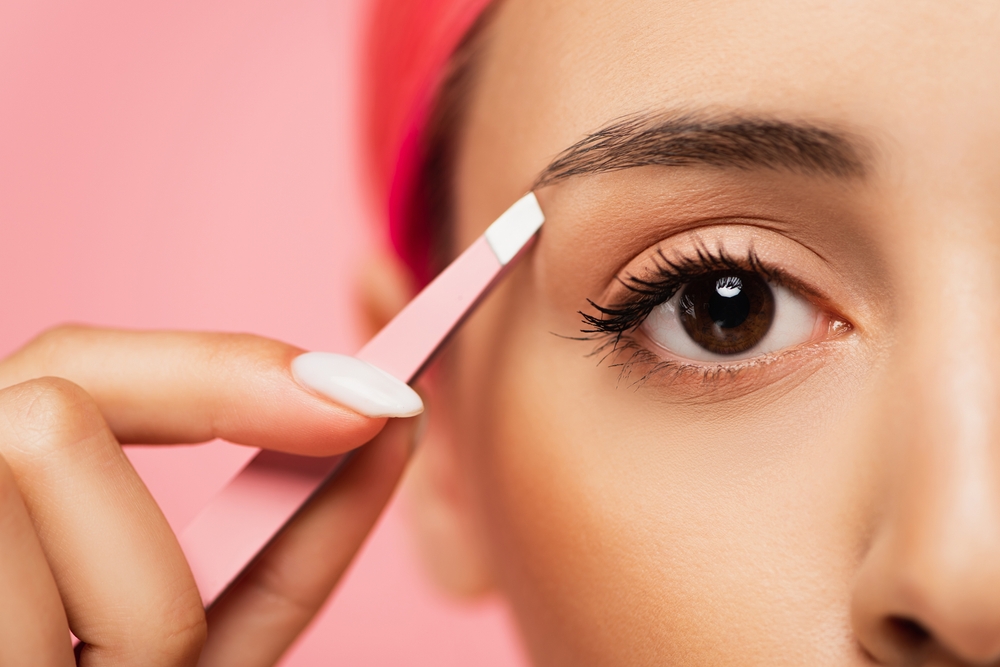
If you’ve ever noticed a bump or bumps after you tweeze or wax your eyebrows, that’s the hair follicle closing in an attempt to save the hair. In general, the bump(s) disappear after a couple of hours. So, if you think you’ve broken out right after styling your eyebrows, think again. It’s just the follicle.
Humans Have Been Styling Their Eyebrows for a While
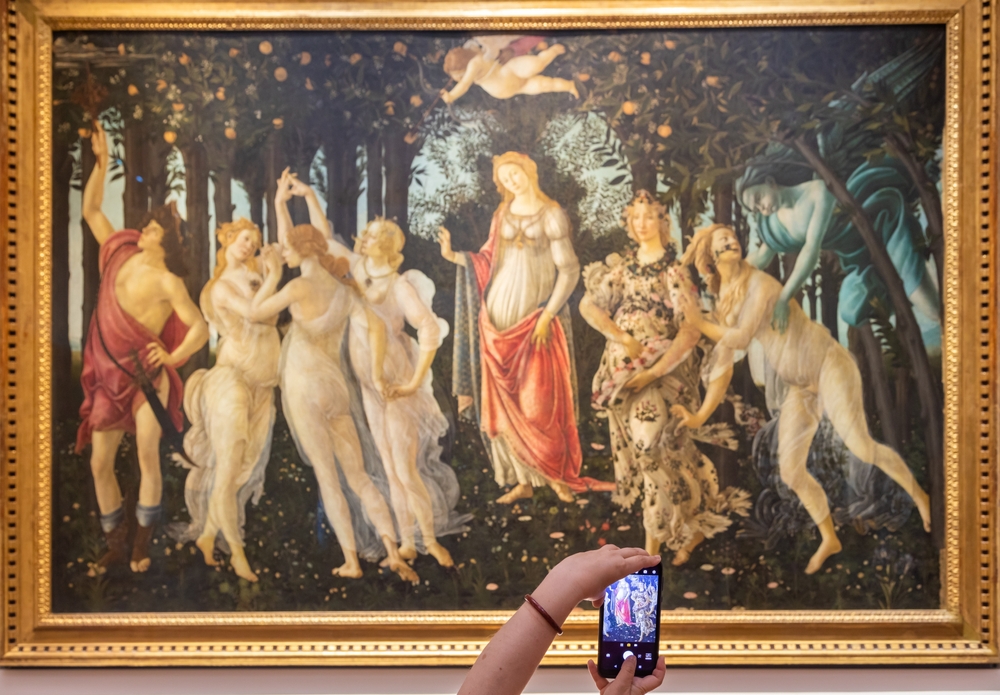
In just about every culture around the world, people beautify their eyebrows. This is also true for various time periods of the past. For instance, in Florence, Italy, during the Renaissance folks shaved off their eyebrows entirely. On the other hand, the elite colonizers in 18th-century America made their eyebrows look larger with grey moose skin. Gross!
The Mona Lisa Is Missing Something
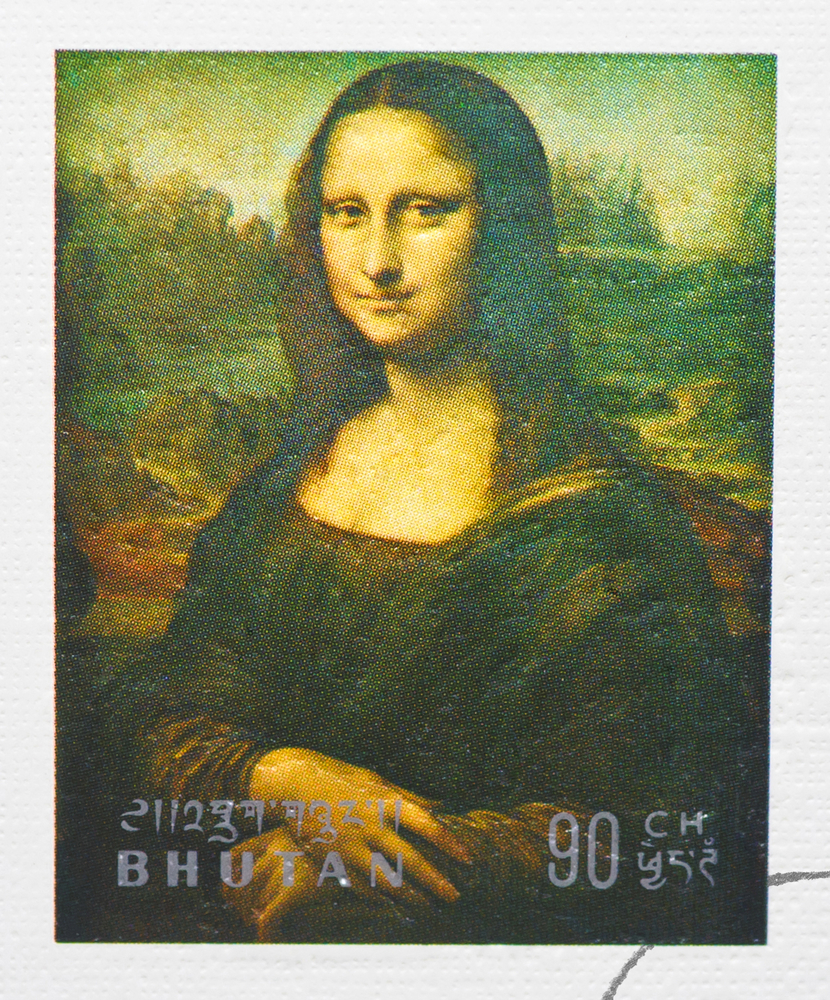
Leonardo da Vinci’s Mona Lisa portrait is one of the world’s most cherished paintings. Take a closer look and you’ll notice that she does not have any eyebrows. Art historians believe that she did once have eyebrows but the artist later removed them. Another theory is that they were accidentally removed during restoration.
Today, We’re Eyebrow Focused

In contemporary times, we’ve seen an eyebrow beauty revival. Today, it’s estimated that about 50% of Americans style their eyebrows as part of their daily beauty routine. That’s up quite a bit from 2015 when it was only 28%!
Unibrows Have a Bad Reputation Today But That Was Not Always the Case

Today, many people who have the ability to grow a unibrow go to great lengths to separate their eyebrow into two brows. Throughout history, in a variety of cultures, the unibrow was seen as an asset. Many folks believed that the brow was a sign of intelligence. Further, in other cultures, it was considered a thing of beauty. Unfortunately, that’s just not the case today.
Does the Shape of Your Eyebrows Say Something About Your Personality?

According to Amazing Face Reading by Marc Fuller, if you have straight eyebrows you might be more fact-oriented and direct. If they are slightly curved, you’re likely to be more people-oriented. Isn’t that just fascinating? Take a look at your brows and see if that holds true for you.
When Do They Go Grey?

You might think that eyebrow hairs turn grey at the same time as the head on your head but your eyebrows are on a different trajectory. In general, eyebrows go grey about five years after the hair on your head. That means those brows will look about more youthful longer than your head hair.
What About Eyelashes?
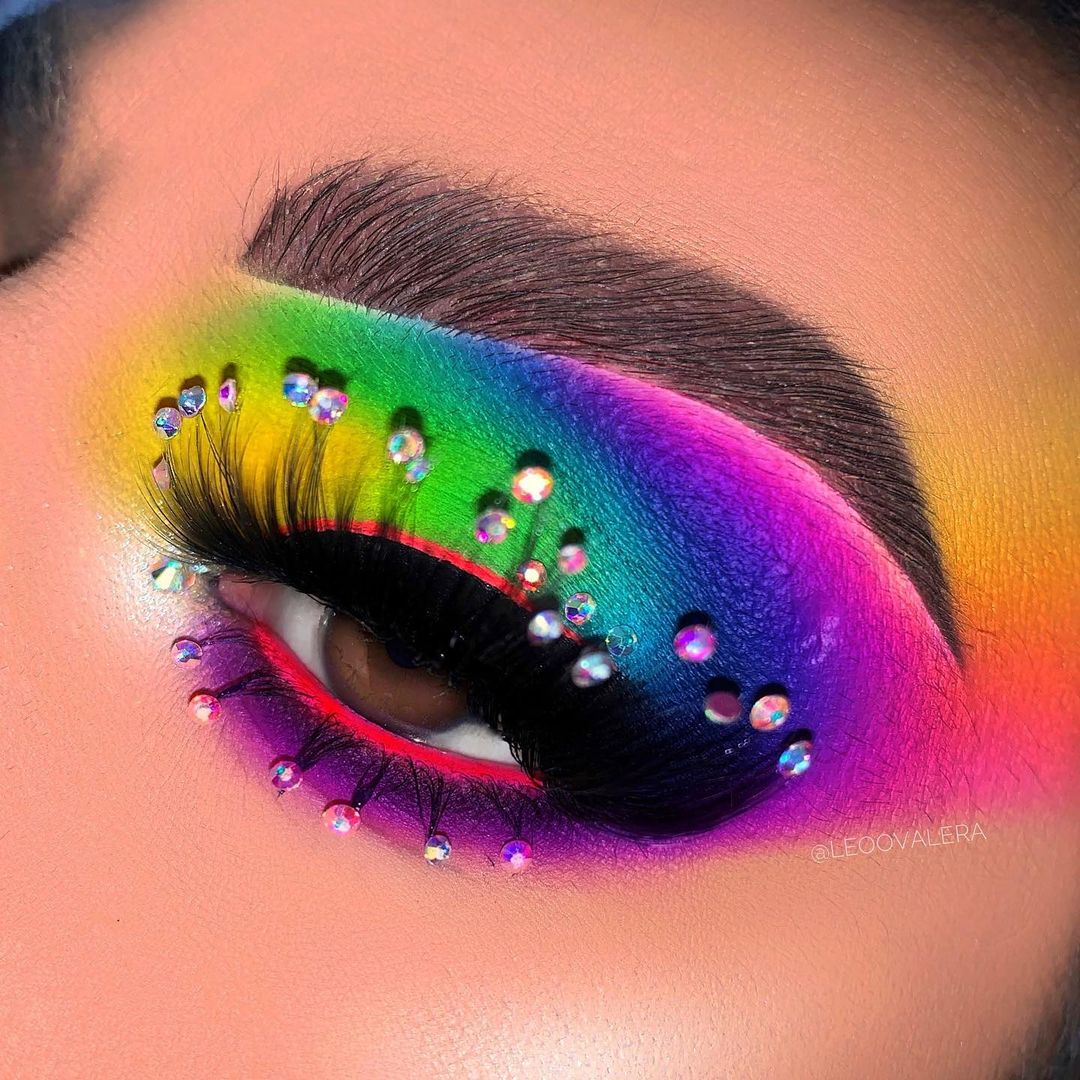
Your eyelashes serve many of the same purposes as your eyebrows. They protect your eyes from the elements and help maintain your vision. But, unlike eyebrows, eyelashes are closer to a cat’s whiskers. Yes, you read that correctly. Keep reading to learn more.
How Are Eyelashes Like Cat Whiskers?
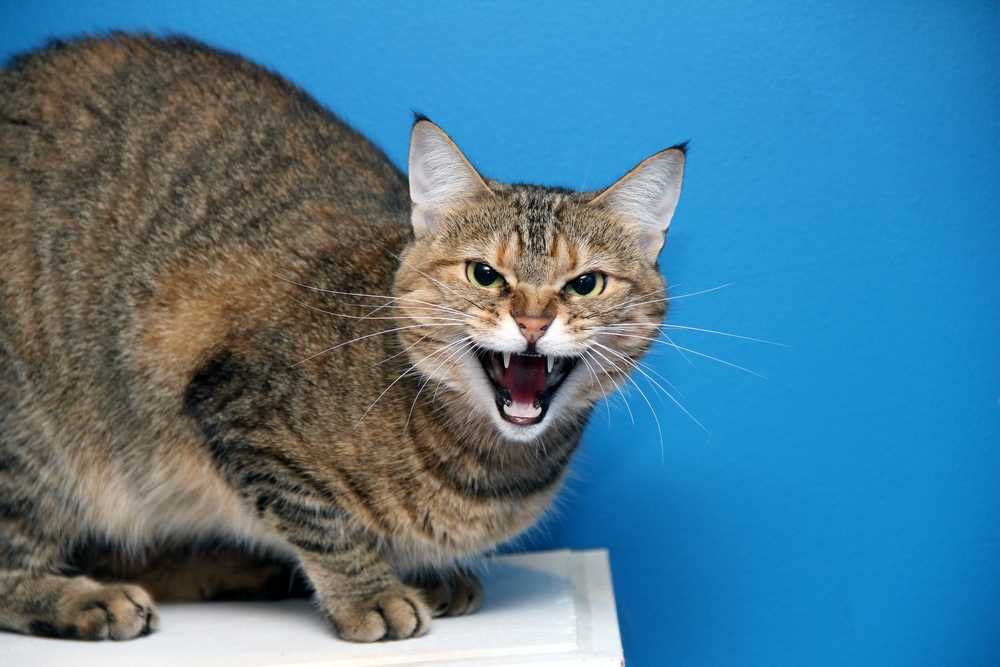
Our eyelashes are like tiny little sensors. If something gets too close to the face, they will alert your brain and you’ll instinctively blink. Further, they can detect particles in the air like dust or allergens and that’s when your eye might feel irritated and be more prone to close and/or blink.
How Many Lashes?
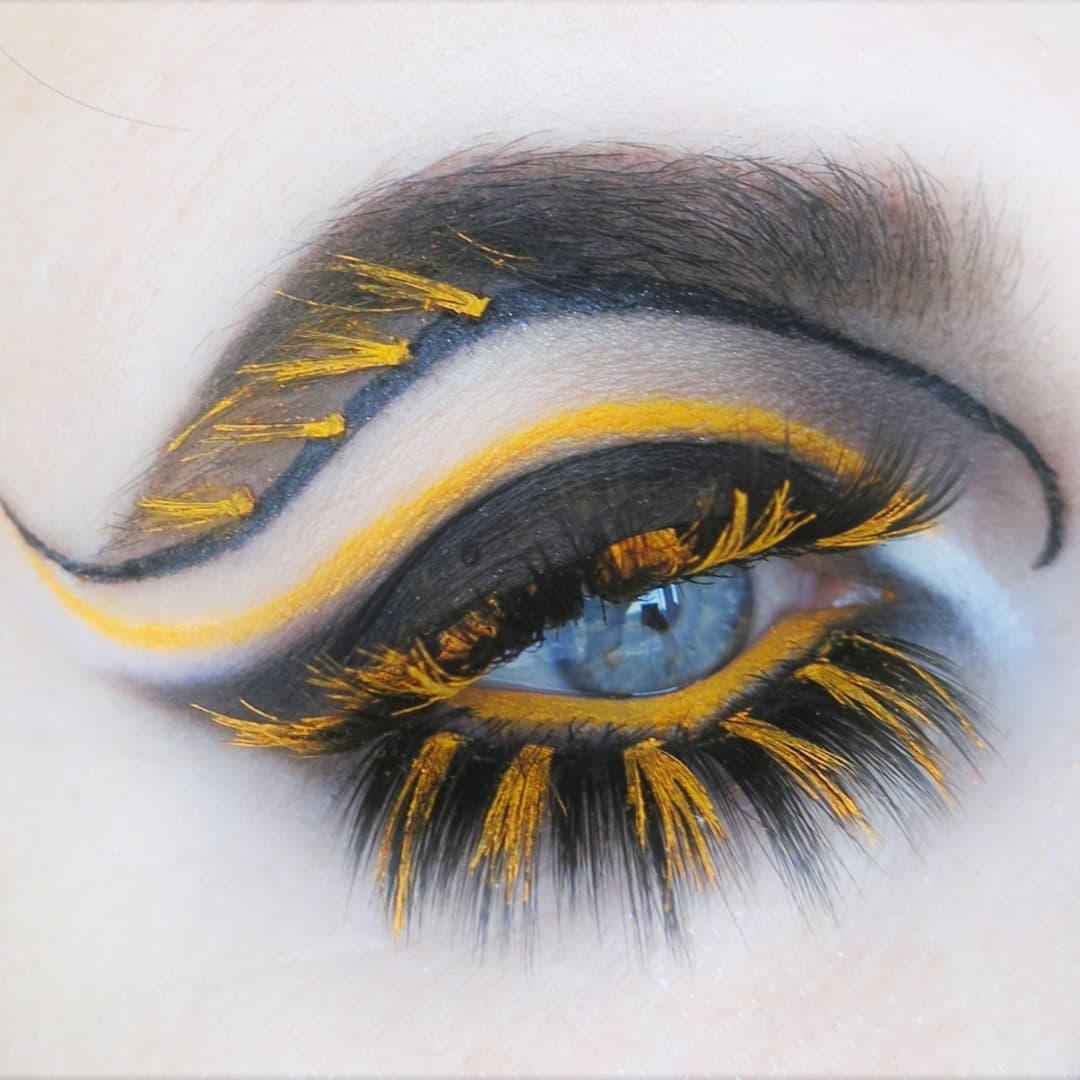
The upper and lower lashes have a significant difference. Your upper lash line has a lot more hair than your lower lash line. With roughly 200 to 300 lashes, they’re almost twice as full. You have roughly 100 on your lower lid. They also differ in length. The lashes in the middle are usually significantly longer than those on the sides.
What About Length?
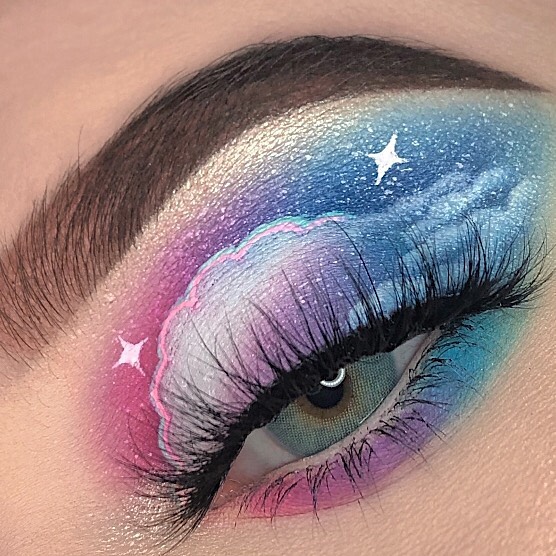
The record for the longest eyelash was 2.75 inches. Those are some really long ones! The precise measurement was 6.99 centimeters. And, believe it or not, this record is held by a man. The typical lash length is approximately 10 millimeters.
Like Eyebrows, We Shed Lashes
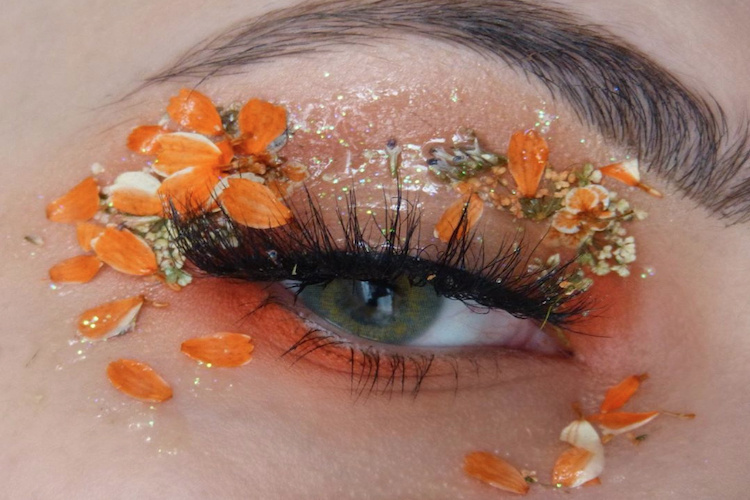
Every two weeks, a person can lose up to 20% of their natural lashes on average. Natural eyelashes grow in and out in cycles that last anywhere from 60 to 90 days. A person can normally shed between 1 and 5 natural lashes each day, depending on their specific lash growth cycles. A new eyelash has been growing to replace the one that has fallen out, yet most of us aren’t even aware of it!
If you liked learning why we have eyebrows, you might also be interested to learn the answer to another burning question. Have you ever wondered why we have last names? Take a deep dive with us to learn the history of middle names and why we still use them today. We’ll also share with you the most popular middle names in the United States!
Why Do We Have Middle Names? A Look at Ancient Rome

The most famous example of this can be found in Gaius Julius Caesar’s moniker which included a whole lot of name. The naming culture of the Ancient Romans was enjoyed almost exclusively by Roman men as women could only have two names and slaves a single appellation.
Why Do We Have Middle Names? They Spread from Rome Across Europe and Into Asia

The practice spread across Europe and eventually to the Middle East. It became fashionable for aristocrats to shoulder their children with long, complicated names. A single child could accumulate dozens of names!
The trend spread throughout the Spanish and Arab worlds in a slightly different fashion with parents using a family name from previous generations in the middle spot to honor the family tree.
Why Do We Have Middle Names? A Look at Medieval Practices That Evolved to Today’s Naming Cultures
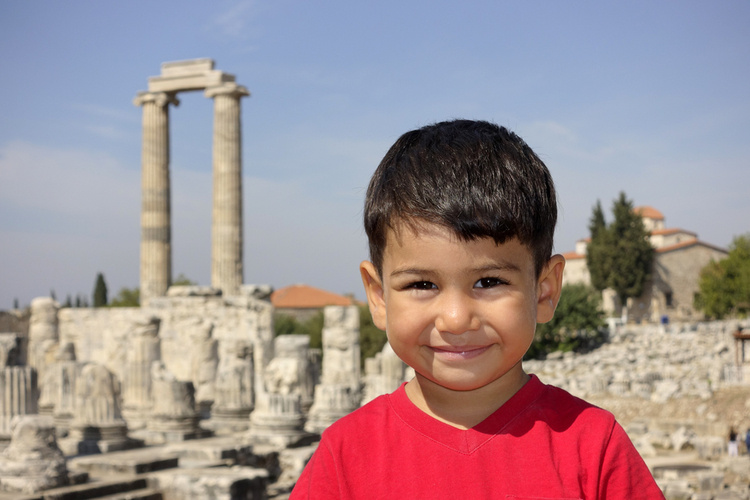
This practice continued but it was not until the Middle Ages that we find a practice that informs how we use middle names today. With the rise of Christianity and the Roman Catholic church, parents were torn between giving their child a family name or the name of a saint. Many decided the best solution was to put a given name first, a baptismal name second, and a surname third.
Coming to America

The practice established in the Middle Ages really took hold. This was true among Puritans and others who would go on to colonize the Americas.
Over time, American society became more secular and less religious and as parents became less tethered to religious tradition, our middle names began to transform entirely.
Why Do We Have Middle Names Today? Our Parents Couldn’t Kick the Habit

The next big development in our middle names saw new parents choosing a mother’s maiden to go in the middle spot as a way to keep the name within the family, not too dissimilar from what the Spanish and Arabic speakers were doing before the middle ages.
Why Do We Have Middle Names?
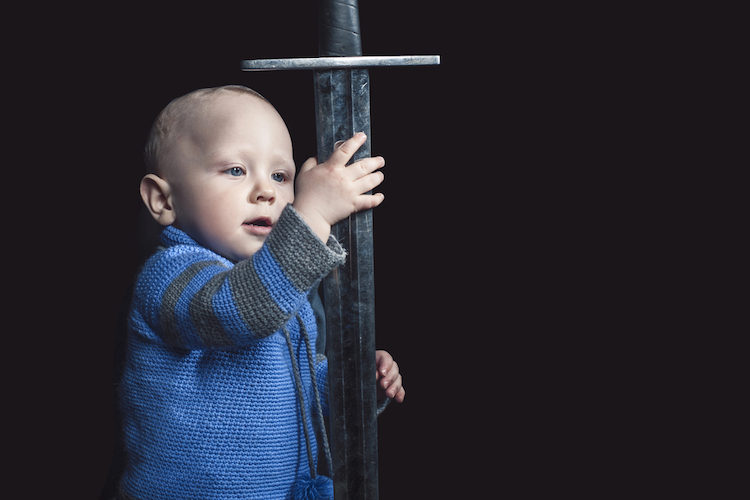
At least we’re not saddling children with dozens of names any longer but not much has changed for centuries when it comes to middle names today. You might be wondering what names parents are choosing today for that middle spot. Below you will find a list of some of the most popular middle names in America today!
The Most Popular Middle Names for Girls Today
Victoria
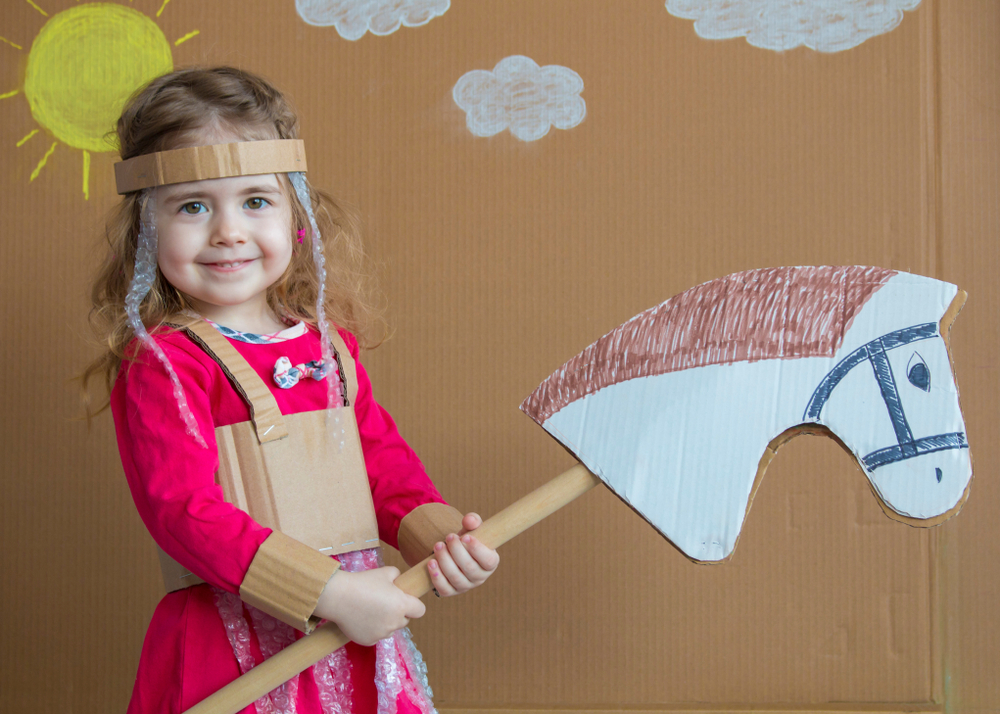
- Victoria – From Latin, meaning “victory.” It is the name of the ancient Roman goddess of victory, the equivalent of the Greek goddess, Nike, and also a popular third-century saint. In the 1990s, Victoria managed to breach the Top 20, a surprisingly high standing for a name that is more of a classic than a fashion favorite these days, and it has retained its popularity.
Kate
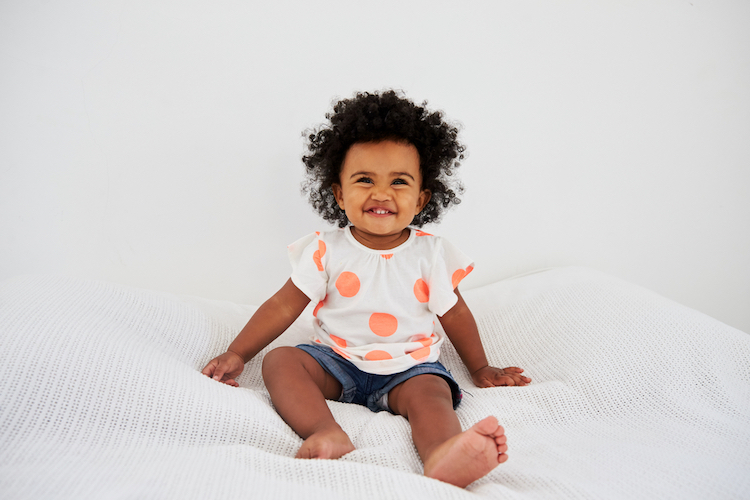
- Kate – From English, meaning “pure.” Kate is today’s Kathy. Kathy was ubiquitous in the 1960s and 1970s but today, Kate is the preferred shortened form of Catherine (and all of its many spellings). In addition, Kate is also used as a short form of Katlyn. That makes it an attractive choice as a middle name for girls.
Catherine
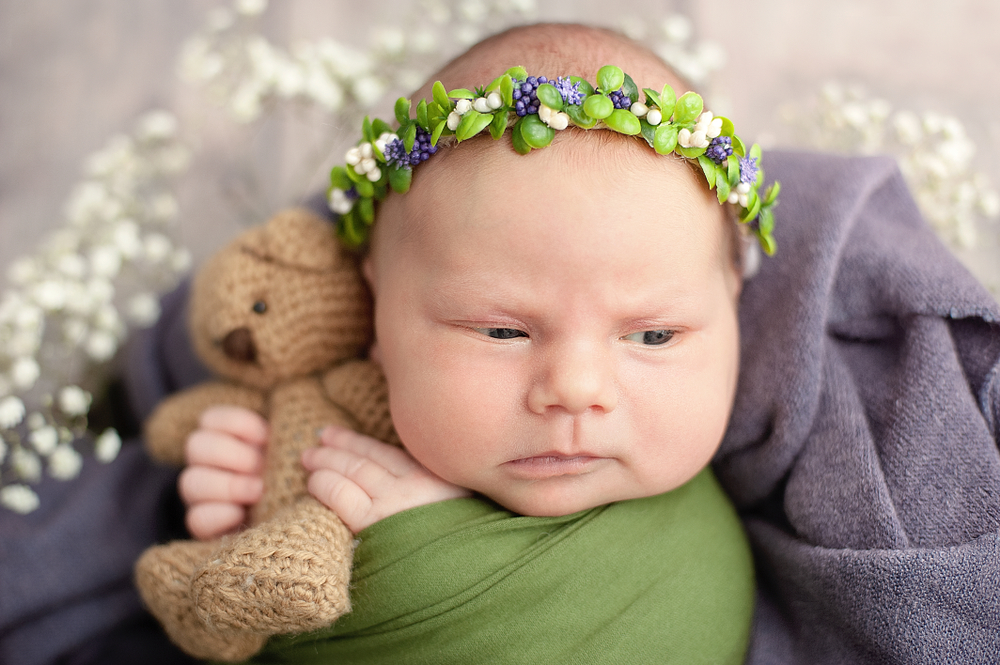
- Catherine – Another form of Katherine, meaning “pure.” And, second to Kate is the more formal version of the name, Catherine. You will find it spelled with a K and sometimes with Y. You get to make the rules. It’s still a popular choice for a middle name but not quite as trendy as Kate is today.
Amy
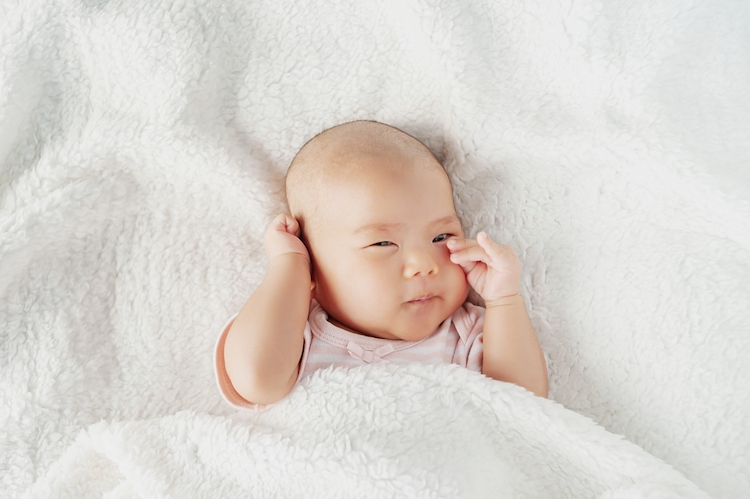
- Amy – From French, meaning “beloved.” Amy is the English variation of the Old French name Amée—Aimée in modern French. Amée was a translation of the Latin name Amata, which derived from amatus. The name has shown signs of trending down in recent years, but it looks like Amy’s fortunes might change for the better in the next couple of years as it recently began to tick back up.
Mary
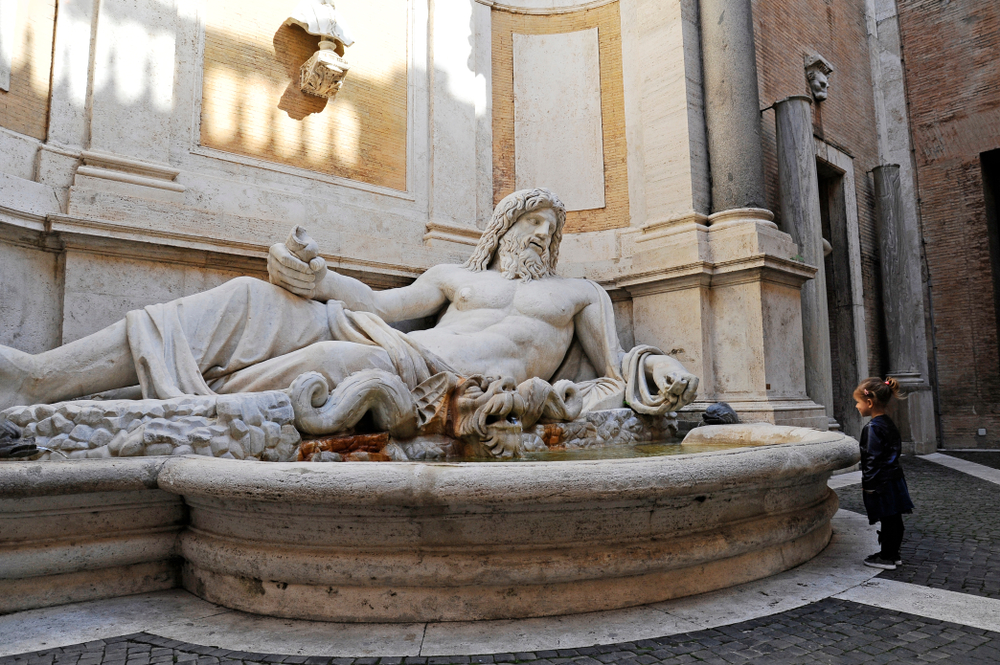
- Mary – From Hebrew and Egyptian, meaning “drop of the sea,” “bitter,” and “beloved.” Mary, the quintessential New Testament name, was number-one for girls until the mid-twentieth century. Though still very popular, Mary is used now mostly for religious or family reasons.
Marie

- Marie – Marie is a French form of Mary, it has the exact same meaning. The many diminutive forms of Mary are all fairly common in the middle spot. Marie is the second most popular but others also work well. Marie was most popular in the 1920s and 1930s. It has never fully fallen out of fashion but it is significantly less popular today than it was 50 years ago.
RELATED: 125 Cute Middle Names for Girls
More Popular Middle Names for Girls Today
May

- May – A seasonal appellation, considered a diminutive form of Margaret and Mary, sharing the same meaning as Mary. May plays extremely well with other names thanks to its single syllable. It’s a sweetly old-fashioned name that was wildly popular as a given name before the 1960s. You don’t see it up front much for babies born today but it’s still kicking it in the middle.
Mae
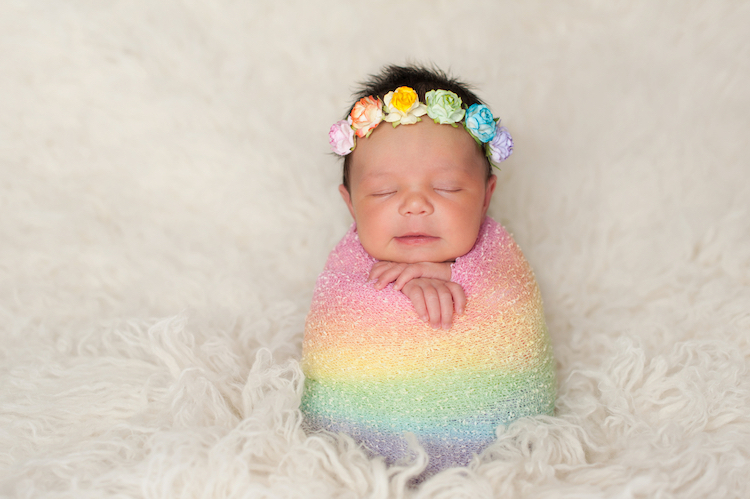
- Mae – A sophisticated alternative to May, also a diminutive of Mary and Margaret, sharing the same meaning. Mae is derived from May, the month name that was chosen for its connection to Maia, the Roman goddess of growth and motherhood. Mae has vintage appeal thanks to the old Hollywood legend Mae West.
Ann
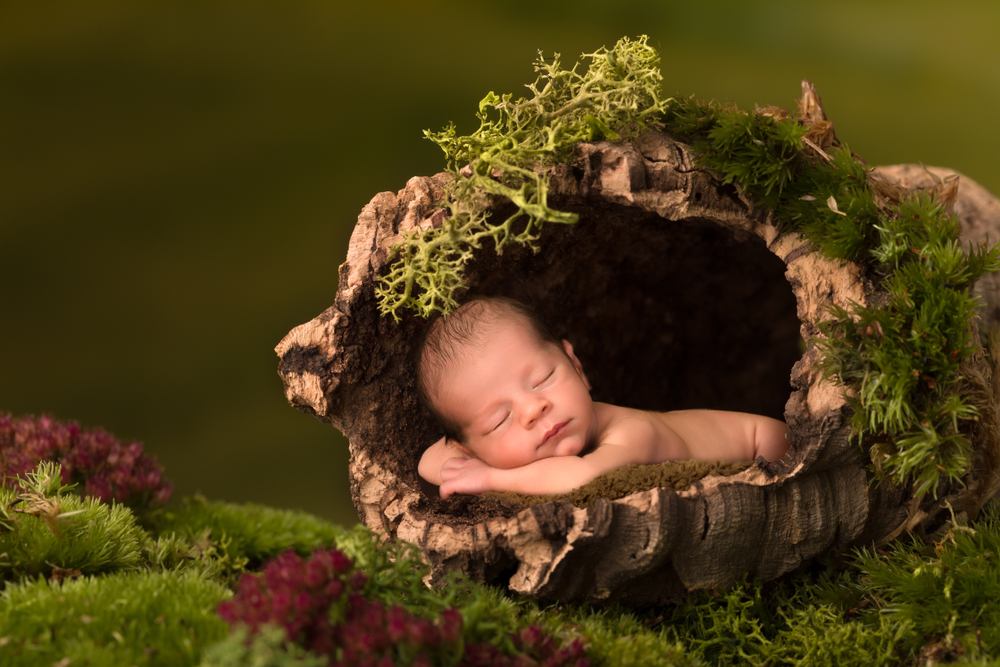
- Ann – Ann is the English translation of a Hebrew name that gives us Hannah, meaning “grace.” New parents today have started to abandon this wildly popular choice for the middle spot for trendier forms of the name like the aforementioned Hannah as well as Annabelle and Anna. We still think Ann makes an excellent middle choice, especially if it’s a family name.
Anne

- Anne – Anne with an “E” comes from the French tradition and is an alternative form of Ann or Hannah it also means “grace. ” Anne was the name of six queens of England, two of them wives of Henry VIII, as well as the name of the present Queen Elizabeth’s only daughter. There are also French and Russian royal figures throughout history with the name. It’s a royal pick even if it is starting to fade.
Elizabeth
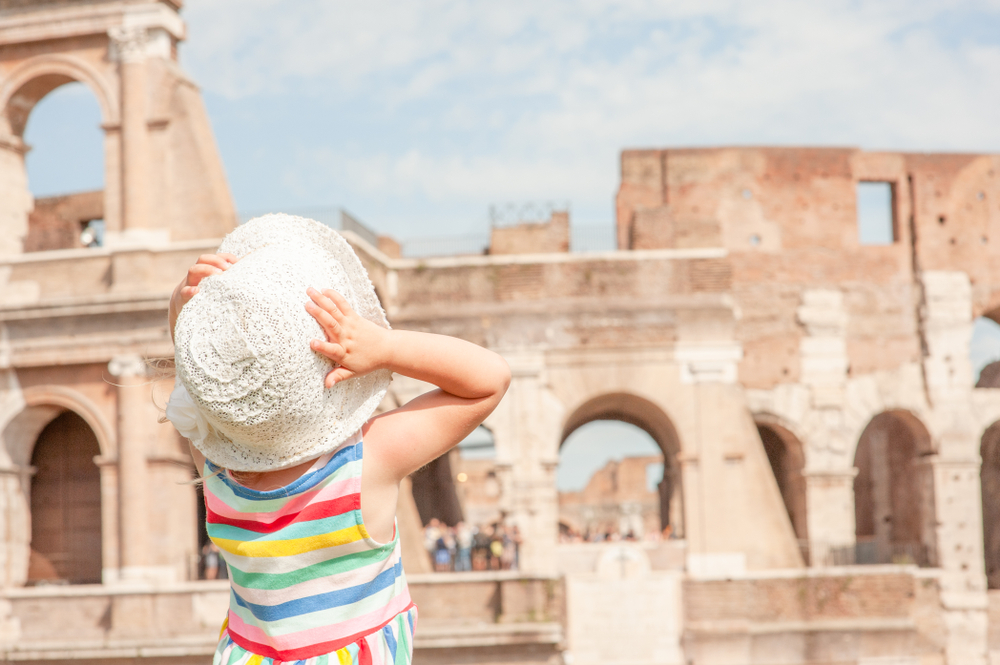
- Elizabeth – Elizabeth is an English name with Hebrew origins, meaning “pledged to God.” In the Bible, Elizabeth was the mother of John the Baptist. Two of England’s most influential queens have been Elizabeth I and II. It feels classic and timeless and that’s likely why it’s one of the most popular Hebrew names for girls in America today.
Jane
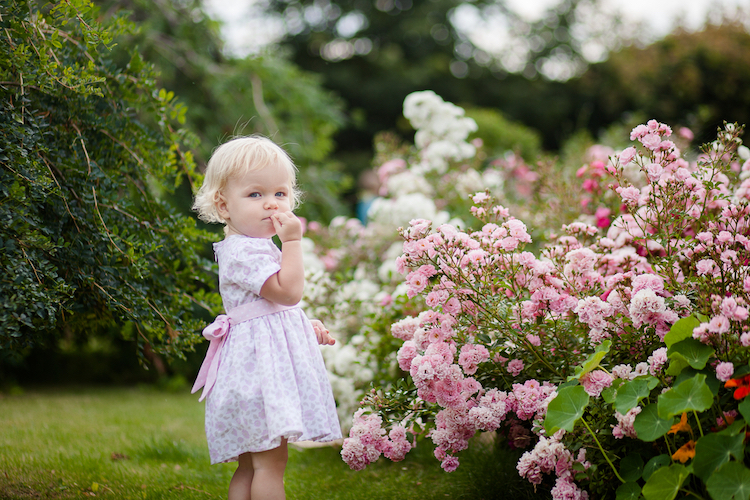
- Jane – Jane is a most friendly name that plays very well with just about any first name, which is why it is so popular today, the name has English origins and means “God is gracious.” There’s nothing plain about this name that packs a punch. Today, Jane is far more popular as a middle name than as a first and we believe that trend will continue.
Grace

- Grace – Grace is an English virtue name, beloved by religious parents for its holy meaning. It existed as Gracia in the Middle Ages but was not in common use until the Puritans used it along with other Christian attribute names in the sixteenth century. Despite the name’s humble sound, it’s one of the trendiest first and middle names for girls born today.
Rose
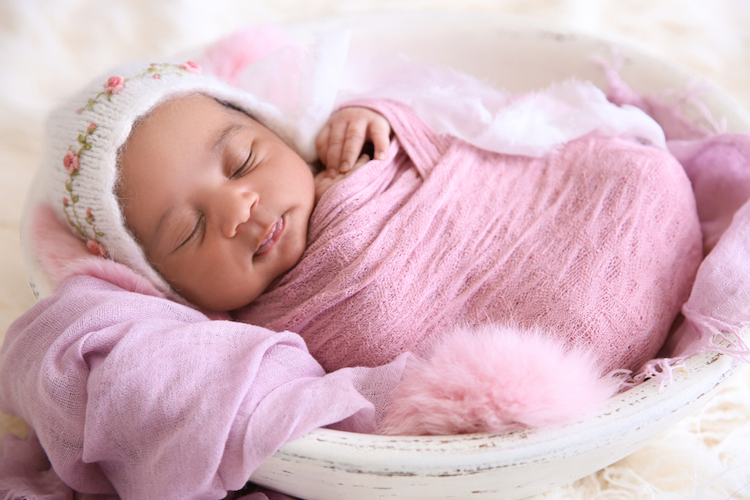
- Rose – Rose is an English flower name. As for its use as a middle name, Rose has become a celebrity favorite in recent years Jennifer Garner and Ben Affleck as well as Jon Stewart, Eric Clapton, and Ewan McGregor have all chosen it as a middle for their daughters. It’s holding steady as a mildly popular first but there’s no denying its power in the middle spot.
Jean
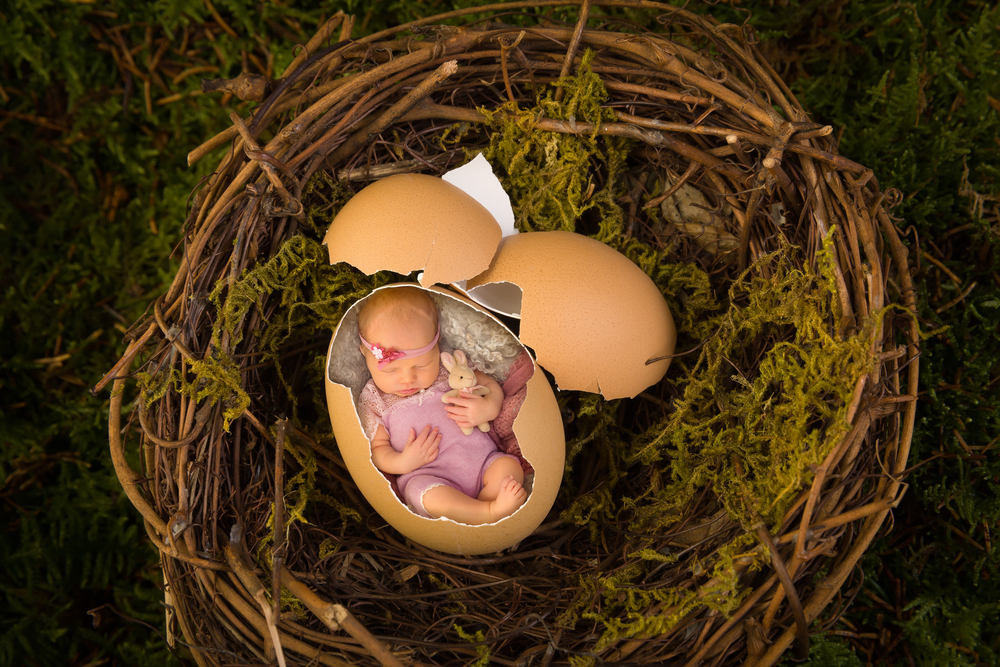
- Jean – Jean is a much more popular choice than Jane in the US, the name also means “God is gracious.” It’s also an English (and Scottish) form of Johanna. Jean was popular in Scotland long before it found favor elsewhere and that makes it a great choice if you have Scottish heritage you would like to celebrate. It’s not nearly as popular as a first today as it once was but it’s still on fire for the middle.
Louise

- Louise – The most popular middle name for girls in the UK today, Louis has French origins and means “renowned warrior.” Louise has been on the rise lately and reentered the US top-1000 for the first time in a quarter-century in 2016. Louise has been a royal name in several countries, including Denmark, Sweden, France, and England.
What Are the Most Popular Middle Names for Boys?
Anthony

- Anthony – From Latin, meaning “priceless one,” not venturing too far from what the Ancient Romans were doing! In England, whether it’s spelled Anthony or Antony, the name is often pronounced as the latter, while Americans typically utter the “h” if present. The name of the patron saint of Italy and of the poor, one of the best-loved saints of the Catholic church, Anthony still retains some of its Latinate charms to this day. A real middle name’s middle name.
Scott
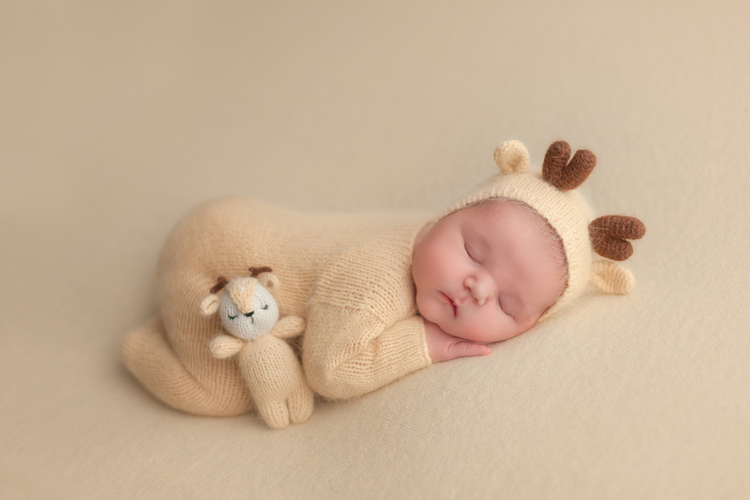
- Scott – An English name, meaning “from Scotland.” The name was seen as a cool surfer name in the 1960s in the US but it has since fallen from favor as a first name. It’s a great option if you’re looking for middle names to honor your Scottish heritage thanks to its meaning. Thanks to its single syllable it plays well with others making it one of the best middle names for boys.
George

- George – A name with Greek origins that means “farmer.” George was the name of the king of Britain for 116 straight years, as well as the patron saint of England (Saint George), who slew the dragon and became a symbol of good conquering evil. Unfortunately, this classic has slipped in popularity as a first but it’s found new life as one of the most popular middle names for boys today.
Ray

- Ray – A German name for boys, coming from Raymond, which used to be the most popular form of the name that means “wise protector.” In addition to being a hip name in the US, you will also see it performing well in England and Israel. We actually prefer Ray over Raymond when thinking about middle names. It just fits so well with many, many others.
Charles
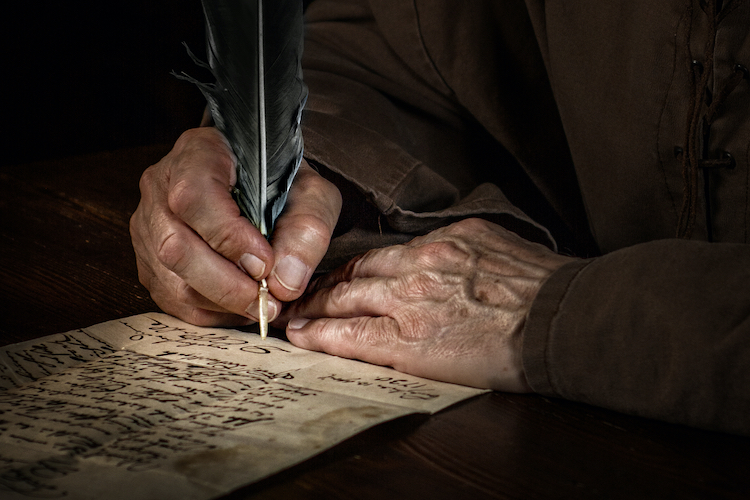
- Charles – Charles is an appellation from French origins by way of German, meaning “free man.” Charles is a royal name in multiple European countries. In fact, the word for “king” in several languages came from Charles, including Slavic, Russian, and Polish. So, if you’re looking for a middle name that is fit for a royal, classic Charles will serve you well.
Matthew

- Matthew – From Hebrew origins, meaning “gift of God.” The biblical Matthew was the apostle who wrote the first Gospel in the New Testament. Matthew was the third most popular boys’ name in America throughout the 1980s and ’90s and is still one of the top boy names starting with “M.” Today, Matthew is finding a home on birth certificates as both a first and middle often. Other forms of the name Matteo and Matthias are also cropping up tons as well.
Daniel
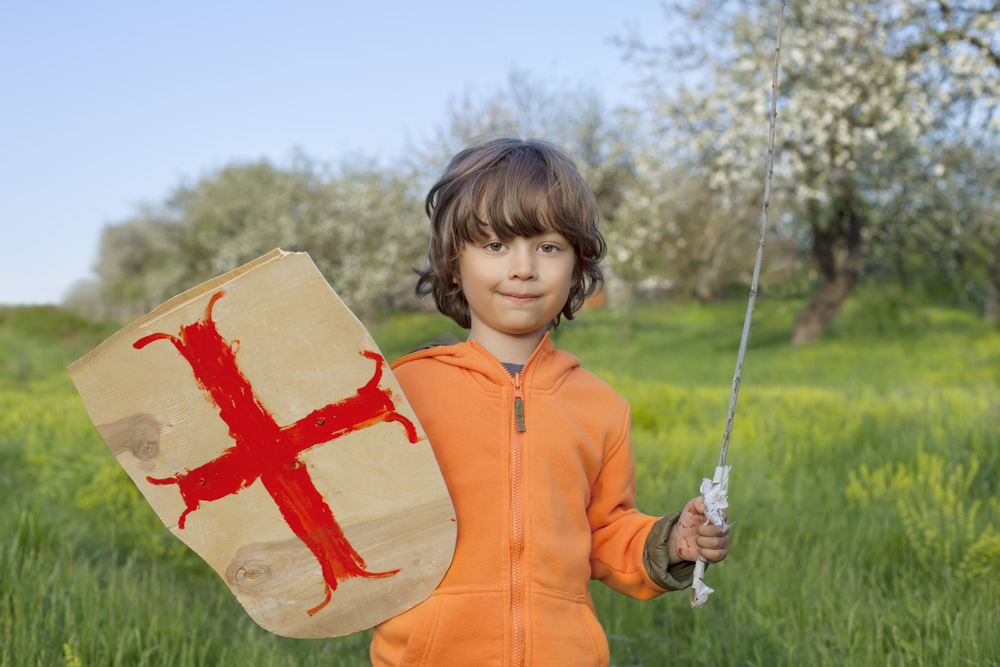
- Daniel – A Hebrew name, meaning “God is my judge.” The Book of Daniel from the Old Testament describes the Jewish prophet’s life of captivity in Babylon along with visions of the last days of Earth. Daniel is a perennial favorite; it’s been in the top 15 names for boys every year since 1972 and ranks first among all baby names starting with D. As far as middle names go, it’s one of the most used today.
Henry
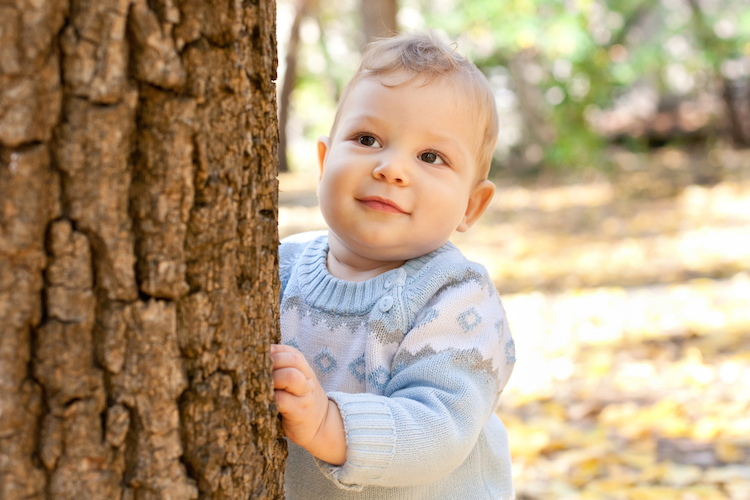
- Henry – From German origins, meaning “estate ruler.” Henry is one of America’s most beloved names so it should come as no surprise that it’s chosen for the middle often. Before it was a smash hit here, the name belonged to a bunch of English royals. Henry VIII is the most infamous in history but you’ll still find a royal Henry not far from the English throne today. Prince Henrey (who goes by Harry) is fifth in line to the throne.
Joseph

- Joseph – A Hebrew name that means “God is my judge.” In the Old Testament, Joseph is the 11th and favorite son of Jacob and Rachel and in the New Testament, it is the name of the carpenter husband of the Virgin Mary. Joseph is one of the most classic names in the American naming tradition. It’s not going anywhere as a first or middle choice.
Michael

- Michael – Another name from Hebrew, meaning “who is like God?” In the Bible, Michael is the archangel who led the other angels to victory in a war against Satan, one of only two archangels (the other is Gabriel) recognized by Jews, Christians, and Muslims alike. The name is a top twenty pick as a first name in the US today. While parents are going with similar names like Micah and Malachi, Michael still hits for many as a great middle choice.
Christopher

- Christopher – From Latin, originally Greek, meaning “bearer of Christ.” The name has always been moderately popular in the US but it really took hold as one of America’s most prized names in the 1970s and 1980s. It has slipped slightly in recent years but is still beloved. This is one of the longer names to be used in the middle spot but it sounds so perfect you can’t argue with it.
Alexander

- Alexander – Also from Greek, meaning “defending men.” Parents are leaning into alternative forms of this name for the first spot. Appellations like Alasdair, Alejandro, and Alessandro are all on the rise. But, parents are keeping it classic with Alexander for that middle name spot. It and its many forms are some of the most popular names across Europe and beyond today.
Why Do We Have Middle Names? People Still Like Choosing the Names of Saints
Andrew

- Andrew – A name from Greek origins, meaning “strong, manly.” In the New Testament, Andrew was one of the twelve apostles and the first disciple to be called by Jesus. Although the origins of the name are in Greek, Andrew is the patron saint of Scotland and Russia, as well as Greece. People still like choosing the names of saints today and Andrew is one such example that is among popular middle names inspired by them.
Peter
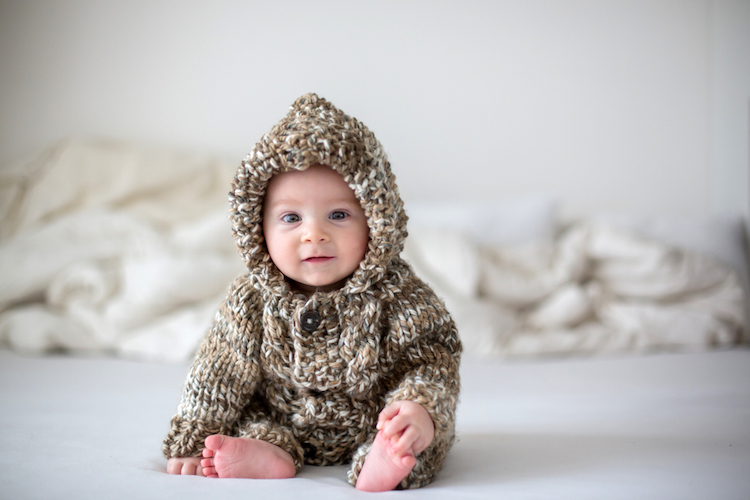
- Peter – A Greek name originally, meaning “rock.” One of the most important figures in the Christian hagiography (the writing of the lives of saints) is Saint Peter, keeper of the Gates of Heaven. Thus, the name has always appealed to those of the Christian faith who are attracted to the names of saints as middle names. The appellation is on a downward trend as a first name but it’s going strong in the middle.
Robert

- Robert – An English name from German, meaning “bright fame.” Robert was the name of three kings of Scotland, including Robert the Bruce, who freed Scotland from English rule. Robert was number one in both 1925 and 1950, and in fact, was in the top 25 for an entire century! It’s become less popular as a given name today but people are retaining it as a good middle name option still.
Edward

- Edward – Another English name, Edward means “wealthy guardian.” Edward has been the name of eight English kings and it’s one of the names that’s really popular across the UK still today. Edward has lost some favor in recent years in the US but it is still a solid choice worth considering with other classic middle names.
David
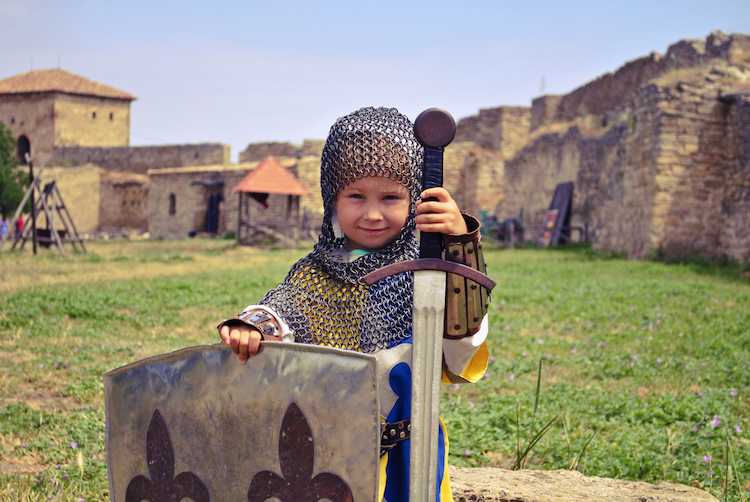
- David – A Hebrew name, meaning “beloved.” The Old Testament second king of Israel, David, proves one of the most steadfast favorites in America today. It’s still one of the most popular given names in the US today and we love it as a middle name (we’re not alone). David is such a good fit with classic and newer favorites today.
Lee

- Lee – An English name, meaning “meadow.” Technically, it’s a unisex name and that might appeal to you if you’re leaning in that direction. Lee is the quintessential middle name for boys in America and it has been for decades. It almost feels more like a middle name than a first. Lee plays extremely, extremely well with other names making it an optimal choice if you’re looking for a classic appellation.
William
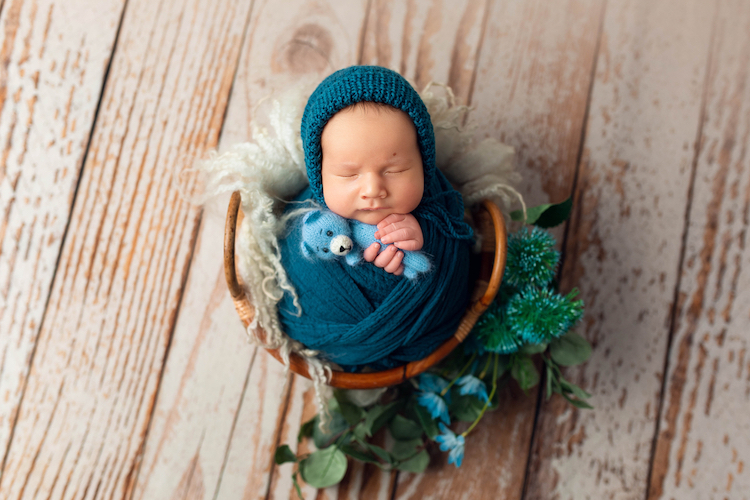
- William – An English name from German, meaning “resolute protector.” For 400 years, William has been second only to John as the most popular name in the English-speaking world. It’s become just as popular among middle names for boys as any. It’s been a popular royal name in England for centuries as well. If you’re looking for a steady classic, this middle name makes a great choice, especially if you want to keep this as a family name. It’s a good one for it!
Thomas

- Thomas – An ancient Aramaic name, meaning “twin.” Thomas is simple, straightforward, and strong. And it offers more heft than names like John and James. Thomas is most popular in the UK today where it never fell from favor. The name is still popular in the US but it has slipped in recent years. Thomas is the perfect middle name for a first name that has one syllable. Somehow, it almost works with them.
YOU MIGHT ALSO LIKE: 175 Unique Middle Names for Boys
Wrapping the Most Popular Middle Names Up!
John
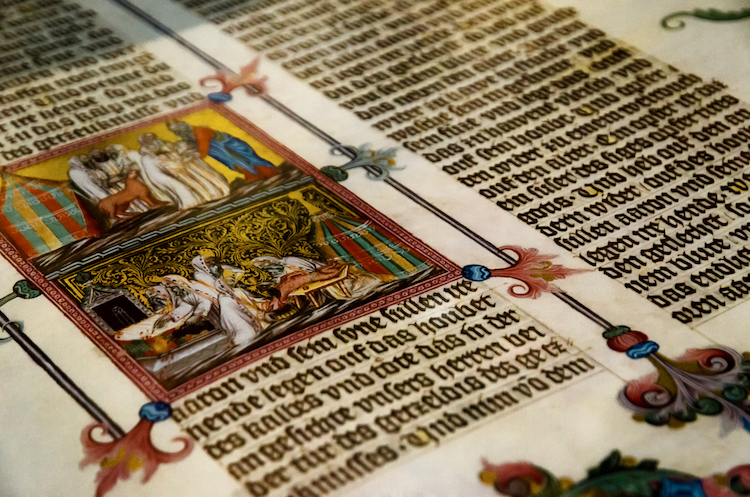
- John – A Hebrew name, meaning “God is gracious.” John is and has historically been the most popular name for boys in the English-speaking world. Because many of today’s baby Johns get their names for familial rather than stylistic reasons, John isn’t as ubiquitous as it once was. Parents are finding a home for this well-traveled name in the middle spot, however.
Wayne

- Wayne – Only popular as a middle name choice after 1950, Wayne has English origins and means “maker of wagons.” The name was very popular, for better or worse, because of John Wayne and it now seems like a dad or grandfather name. It still fits well with others and offers a bit of edge as a middle name for a child. It’s a very popular middle name today.
Now you know the most popular middle names in the U.S. today and the answer to the question: Why do we have middle names? Can you believe this tradition started with the ancient Romans and still continues to this day? We suppose there are stranger things that we have been doing for longer like piercing our ears! But, the real answer to the question: Why do we have middle names? Can be attributed to our parents. They keep making that choice. Will you?
If you liked learning about the history of middle names and the most popular ones today, you might also be interested in more gender-neutral middle names. They aren’t as popular as the ones you’ve just read about but they feel fresh and hip. To learn more about unisex middle names, keep scrolling!
Cairo

Cairo is a beautiful place name that’s beginning to trend with boys appearing in the US top 1000 as a first name favorite in 2015. Cairo is remarkably versatile and works well with both longer and shorter first names. If you like this one, we also urge you to consider Egypt.
Cedar

In the Bible, the cedar is mentioned in Psalm 92:12: “The righteous shall flourish like the palm tree and grow like a cedar in Lebanon.” The Lebanon Cedar was used to build King Solomon’s temple in Jerusalem. Cedar makes for an agreeable middle name with a hint of nature.
Rue
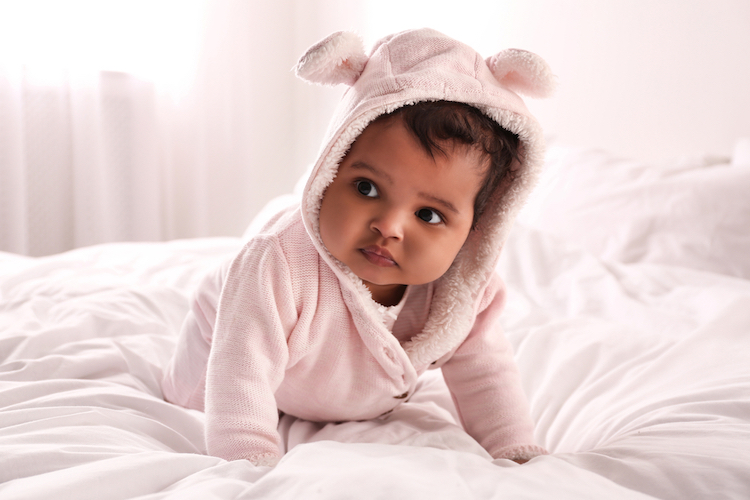
Another botanical choice that can work for both genders lies in Rue. The name means “regret” in English and “street” in French. But, the name itself comes from the herb. Rue is fabulous because it is a one-syllable wonder that agrees well with longer first and last name combinations.
Hero

Sam Taylor-Wood and Aaron Johnson used Hero as their daughter’s middle name, which agrees with its mythological history when it belonged to a Greek woman. The name means “demi-god” and we think it works perfectly as a unisex baby name.
Kestrel

With the likes of Wren and Lark highly fashionable right now, Kestrel could make for a fierce, middle option. This name for a bird has only recently emerged as a name option and we are thrilled that new parents are adopting it for both boys and girls.
Bay

One of the most usable of the pleasant, newly adopted unisex nature names comes in the form of Bay. Bay refers to a body of water but it was a classically used Latin name that means “berry.” The bay laurel tree has been cherished since ancient times for its medicinal and culinary properties. Like, Rue, this name is a one-syllable, versatile option.
Dove
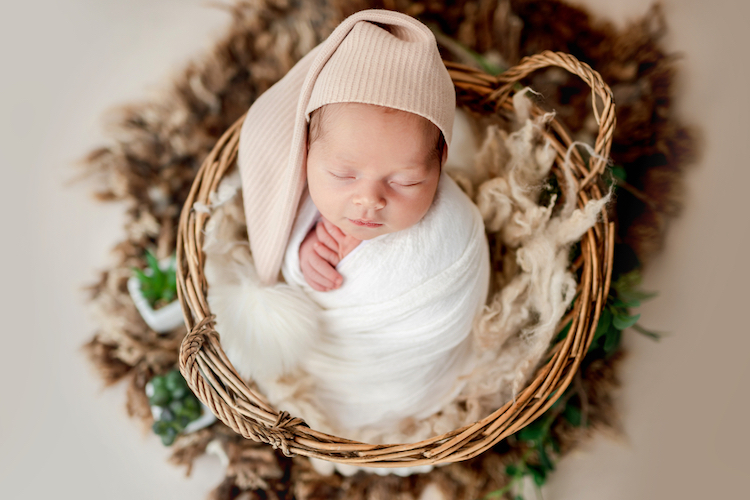
Dove is another bird name that has classically symbolized peace. While this name is not generally associated with little boys, we don’t understand how it ever got tied to baby girls! Dove is a gender-neutral name and a perfect middle option that rhymes with love.
Salem

Salem is a top 1000 option for both boys and girls in the US. Salem is a Biblical place name in Canaan, believed to be the same as Jerusalem. The name comes from Arabic and means “safe.” Salem is so gentle and forgiving and will sound great with almost any given name.
Blake

Parents have finally returned to using Blake as a given name and middle name for girls after it was overtaken by baby boys starting in the 1980s. Blake is such a brisk and efficient name. It originated as English surname meaning both “fair-haired” and “dark.” So, you can apply which one best suits you.
Peregrine

It took us some time but we have finally warmed to the name Peregrine. In the UK, the name has long been considered an aristocratic choice which could be why we have such mixed feeling about it. The gender-neutral baby name can be traced to Latin in which it means “traveler” or “pilgrim.” In fact, it was given to many baby boys who were born on the Mayflower.
Tempest
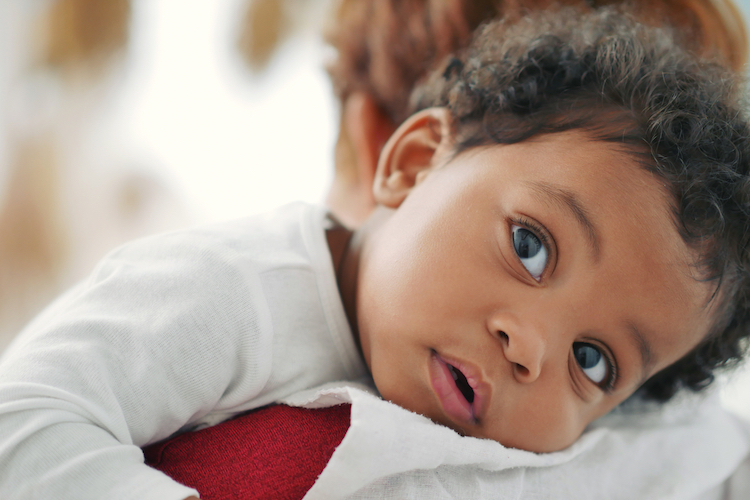
Tempest is one of those names that could be either very good or very bad. Is it a cool, evocative modern word name? Or just asking for trouble? We’re onboard for this English name that means “turbulent” or “stormy.” With new parents choosing names like Storm and Stormy, we don’t see why Tempest does not work.
Elim

In the Bible, Elim is an oasis where the Israelites stopped during their Exodus from Egypt. It is a place of plenty representing the natural blessings of God, with twelve springs of fresh water and seventy date palm trees to provide food and shade. This is a criminally underused unisex baby name that we hope parents will consider. It means “place of strong trees.”
North

The last time North made the US top 1000 baby names was in the 1880s. We love this name but we would understand you waiting on it for now as it could be seen as inspired Kim Kardashian and Kanye West’s daughter. Do you.
Rio

Rio is the Spanish form of “river.” It’s a great unisex choice for that reason but it is improved even more when in Japan where it can mean “place of the cherry blossoms.”
YOU MIGHT ALSO LIKE: 25 Unisex Bohemian Baby Names for Free-Spirited New Parents
Phoenix
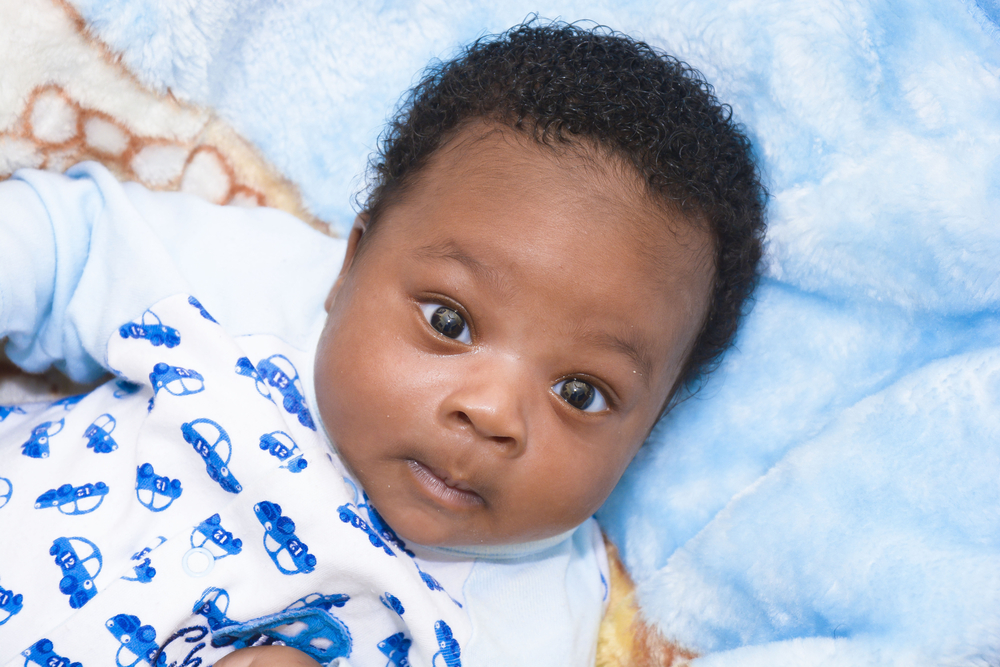
Phoenix is a New Age name symbolizing rebirth and immortality. The name has Greek origins that mean “dark red.” It’s currently a top 500 given name for both boys and girls. Phoenix has the attractive -IX ending making it even better in the middle.
Akira

Akira is a popular Japanese name for both sexes that’s migrated to the West because of its appearance in manga and video games. Akiro is a related name popular for boys. However you spell it, this is an attractive choice that can mean “bright” and “intelligent.”
Zola

Avid readers or Francophiles should be drawn to the name Zola thanks to French writer Emile Zola. This name also has African origins and it can mean “earth” and “calm.” A word of caution, this is one of the fastest-rising names for baby girls right now which may or may not be of import to you.
Shiloh

The town of Shiloh is mentioned several times in the Old Testament. It was where Joshua and the Israelites collected to cast lots for the seven tribes and for many years it was where the Ark of the Covenant resided, becoming a place of pilgrimage. This name has enjoyed a renaissance after Angelina Jolie and Brad Pitt chose it for one of their children. Shiloh has Hebrew origins and it means “tranquil.”
Nico

Nico is considered a short form of Nicola, Nicholas, Niccolo, etc. We think it has an agreeable sound to it and works extremely well as a gender-neutral middle name. Nico has Greek origins and shares its meaning with Nicholas, “people of victory.” A winner, no doubt!
Bliss

Bliss might strike many new parents as being too sweet, but we think it is appropriate as a middle name, if almost exclusively so. Bliss, of course, is the English word for “intense happiness.” Who would not want that for their little one?
Seneca

Seneca was both a Roman philosopher-statesman and is a Native American Iroquois tribe. Seneca means “people of the standing rock.” This name sounds both strong and romantic. Unfortunately, it has gone virtually unused, but we see its favor changing in coming years.
Ever

Milla Jovovich and Paul Anderson chose the name Ever for their daughter and, we must admit, we are rather fond of this one. Alanis Morissette and Souleye named their son Ever Imre. You can attribute this name to the English word, “at all times,” or its Scandinavian origins meaning “wild as a boar,” or as an alternative form of Eber, a Hebrew name that means “beyond.”
Sage
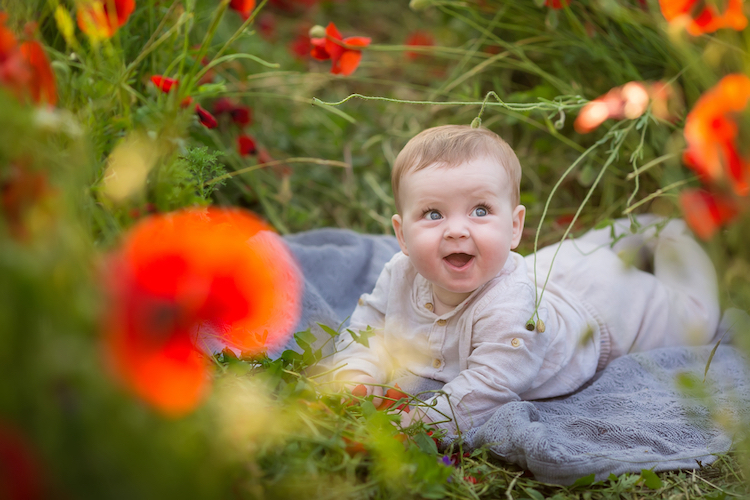
Sage fits many criteria sought by modern parents. It’s short and strong, with hints of wisdom as well as perfumed herbal properties. At this point, Sage is given about a third of the time to boys. The Greeks and Romans wrote that the smoke from burned sage leaves imparted wisdom, and in the tenth century, Arab physicians said that sage brought about immortality, or at the very least, a long and healthy life. Sage comes from a Latin word meaning “wise and knowing.”
Justice

Justice is a rare virtue name that’s used for both boys and girls and it has been on new parents’ radars since the 1990s. However, along with all the other virtue names, Justice is more commonly given to girls. We love this one because it conveys a secular idea unlike Faith or Grace.
RELATED: 25 Unisex Surnames That Work as Given Names for Both Boys and Girls
Pax

Pax is a gender-neutral baby name that is on the verge of cracking the top 1000 and we see it exploding in favor after the past several months that we have all endured. Pax is the Latin word for “peaceful.” Another unisex option lies in the Spanish form of this name, Paz, which sounds a touch zestier.
There you go! We hope you enjoyed this list of gender-neutral middle names for your baby. These versatile names will fit with almost any other names and they do not skimp on style. Whether you want to unisex name to match a first name or simply looking for something more interesting in the middle, we think these 25 options are the perfect ones. Happy baby name hunting!
Mamas Uncut is THE online place for moms. We cover the latest about motherhood, parenting, and entertainment as well – all with a mom-focused twist. So if you're looking for parenting advice from real parents, we have plenty of it, all for moms from moms, and also experts. Because, at the end of the day, our mission is focused solely on empowering moms and moms-to-be with the knowledge and answers they’re looking for in one safe space.
